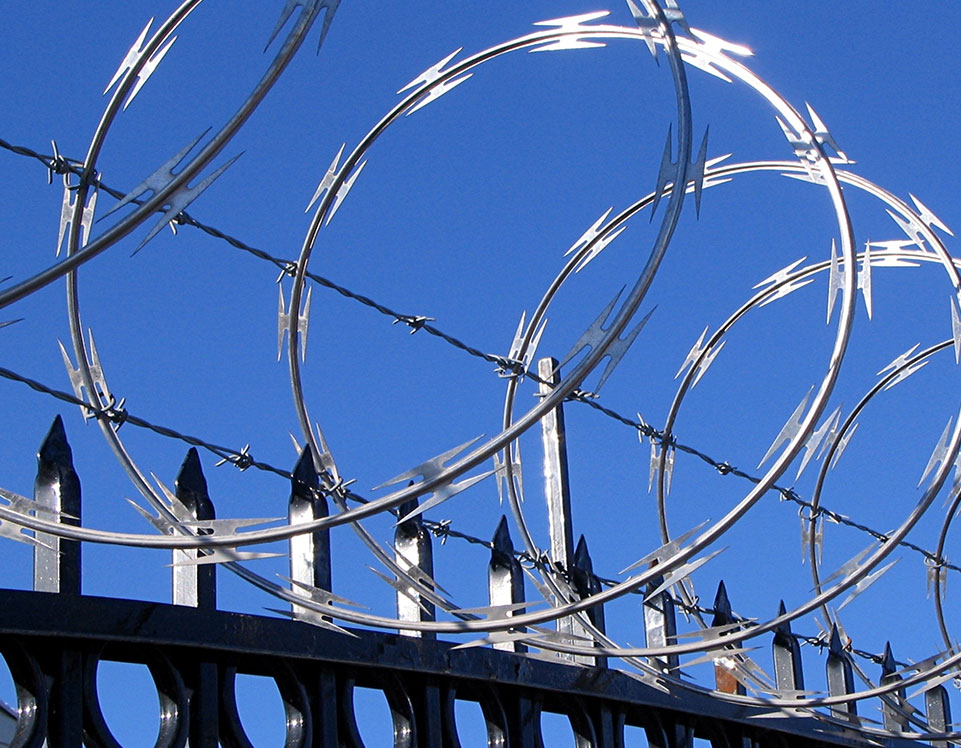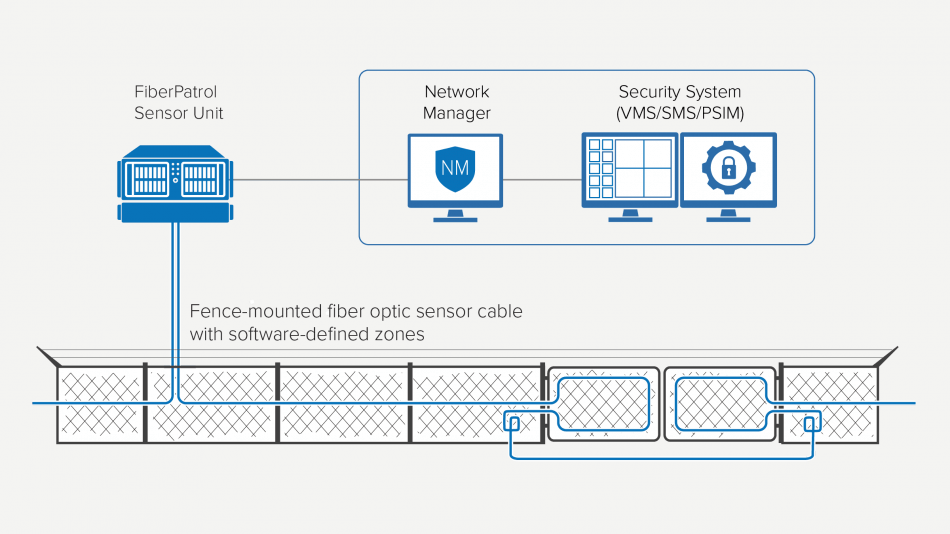Why Fiber Optic Safety And Security Solutions Are the Future of Protection
The change to fiber optic safety and security systems notes a significant advancement in the realm of defense, driven by their phenomenal data transmission capabilities and durability to outside interferences. As the landscape of protection progresses along with emerging technologies such as AI and IoT, the potential for fiber optics to improve and redefine safety infrastructures ends up being increasingly obvious.
Benefits of Fiber Optic Systems
One of the main advantages of fiber optic systems is their superior data transfer capacity, which helps with the transmission of big volumes of information over cross countries without substantial loss. This characteristic is particularly useful for safety and security applications that require the continuous surveillance and transfer of high-def video feeds, sensor data, and various other crucial details. Fiber optics can suit the growing demands of modern protection systems, ensuring that information remains intact and dependable.
Furthermore, fiber optic wires are much less prone to electromagnetic interference, which can be a substantial concern in settings with various digital gadgets. This resistance improves the honesty of the information being transferred, thus reducing the danger of data breaches or system failures. Furthermore, fiber optic systems are inherently a lot more safe than standard copper wires, as taking advantage of a fiber optic line without discovery is exceptionally difficult.
The resilience of fiber optic cords also contributes to their allure. They are immune to environmental elements such as moisture and temperature level fluctuations, minimizing upkeep costs and boosting system durability. Overall, these advantages setting fiber optic systems as a durable and reliable option for modern protection infrastructures, guaranteeing trustworthy and secure information transmission.
Enhanced Information Transmission Rate

The ability to transfer huge quantities of data rapidly helps with the seamless integration of high-definition video feeds and progressed analytics. Safety systems can now refine and assess info in real-time, enhancing reaction times and situational awareness. Additionally, fiber optic connections support longer transmission ranges without degradation of signal top quality, making them suitable for extensive safety and security networks.
The increased speed of fiber optic systems not only improves the efficiency of safety and security operations however additionally reduces latency. This is specifically crucial in important scenarios where timely decision-making can avoid safety breaches or alleviate prospective risks. As organizations remain to prioritize safety and performance, the demand for fast and dependable information transmission will most certainly solidify fiber optic systems as a foundation of contemporary safety framework.
Resistance to Interference
Fiber optic security systems continually demonstrate exceptional resistance to electro-magnetic interference, a vital benefit in settings susceptible to electronic sound. Unlike typical copper cords, which can be negatively affected by electromagnetic fields, superhigh frequency interference, and other kinds of electrical disturbance, fiber optic cables make use of light to transmit data. This integral residential or commercial property guarantees that the signals stay clear and unaltered, no matter of surrounding digital activity.
The usage of glass or plastic fibers in fiber optic innovation develops a barrier versus interference, permitting trustworthy data transmission even in difficult situations such as commercial facilities, city areas with high digital traffic, or places near radio towers. This particular considerably minimizes the likelihood of you could look here signal deterioration or loss, making fiber optic systems specifically suitable for safety applications where honesty and accuracy of data are critical.
In addition, this resistance to disturbance enhances the total efficiency and dependability of safety systems, making certain that monitoring and alert systems operate perfectly. In a world where protection is progressively intimidated by innovative innovations, the resilience of fiber optic systems stands apart as an essential attribute, strengthening their condition as a crucial element of modern safety and security facilities.
Cost-Effectiveness With Time
Considerable expense financial savings can be achieved in time with the implementation of fiber optic safety systems. While the initial investment may seem greater compared to conventional copper-based systems, the long-term economic advantages end up being noticeable with decreased operational and maintenance expenses (fiber security). Fiber optic cable televisions are inherently more long lasting and much less prone to environmental elements, which translates to reduce replacement and fixing expenditures over their lifespan
Furthermore, fiber optic systems need much less power to run, which additionally decreases energy expenses. Enhanced data transmission capacities allow for fewer repeaters helpful resources and amplifiers, reducing tools investment and improving setup procedures. The scalability of these systems also adds to cost-effectiveness, as companies can expand their safety infrastructure without incurring significant extra expenses.
An additional variable to take into consideration is the enhanced effectiveness in tracking and action capacities that fiber optics provide. Enhanced real-time data transmission can cause quicker event reaction times, possibly mitigating losses and obligations related to safety violations. In amount, the long-lasting benefits of fiber optic protection systems not just validate the first expense yet additionally position them as a financially prudent choice for organizations seeking robust defense remedies.

Future Advancements in Security
Advancing innovations are readied to revolutionize safety systems, integrating man-made knowledge (AI) and artificial intelligence to boost risk detection and action abilities. These advancements will certainly permit safety systems to analyze large quantities of information in real-time, determining patterns and abnormalities that show prospective hazards. This proactive approach will make it possible for much faster decision-making and more reliable case responses.
In addition, the consolidation of the Web of Things (IoT) is leading the way for interconnected protection tools, supplying extensive surveillance and tracking. Smart sensing units can relay information concerning ecological adjustments, while automated informs can notify security workers immediately of suspicious tasks.
Moreover, the development of biometric innovations will better reinforce security devices. Facial recognition, fingerprint scanning, and retina recognition are ending up have a peek at this site being more sophisticated, giving layers of verification that are tough to bypass.
Conclusion
Finally, fiber optic safety and security systems stand for a substantial improvement in protection innovation, providing unequaled information transmission speed, resistance to electro-magnetic interference, and long-lasting cost-effectiveness. As the demand for innovative protection options proceeds to grow, the integration of optical fiber with emerging technologies such as AI, IoT, and biometrics will certainly even more enhance protection frameworks (fiber security). The combination of these innovations will make sure a more safe and responsive environment, strengthening fiber optics as a cornerstone of future safety systems